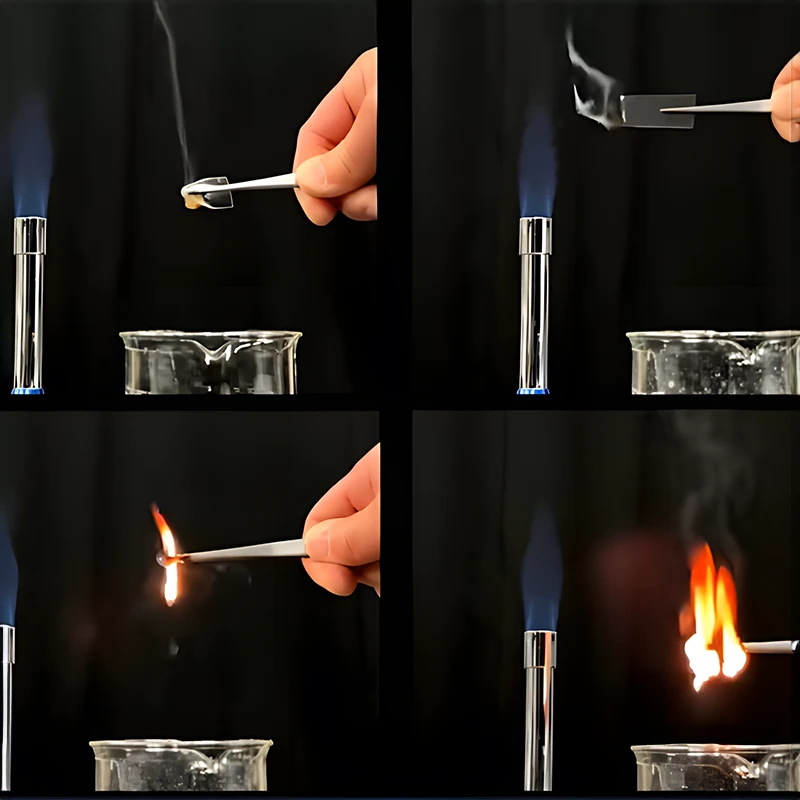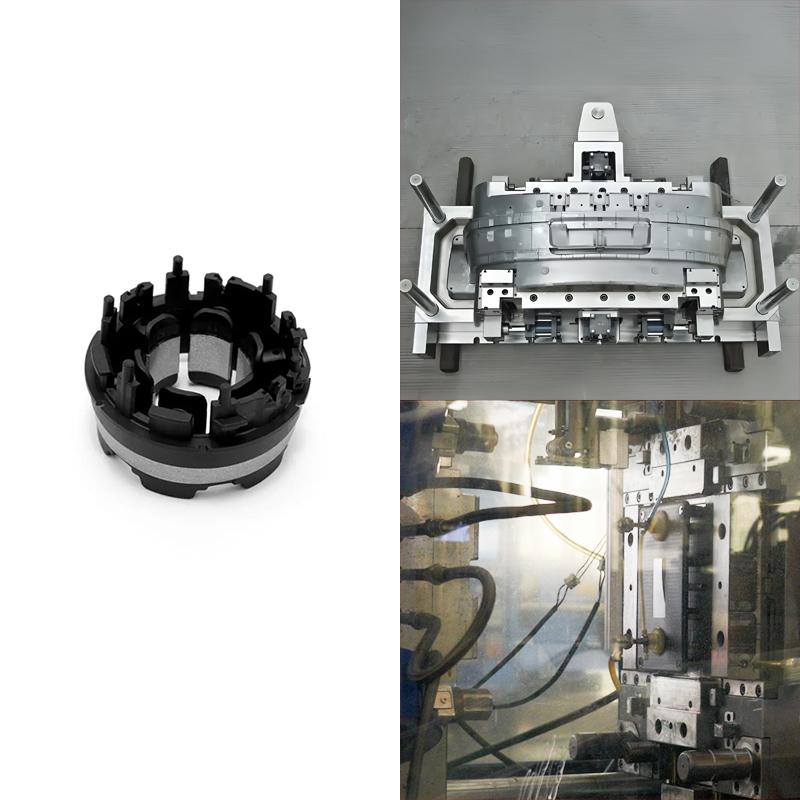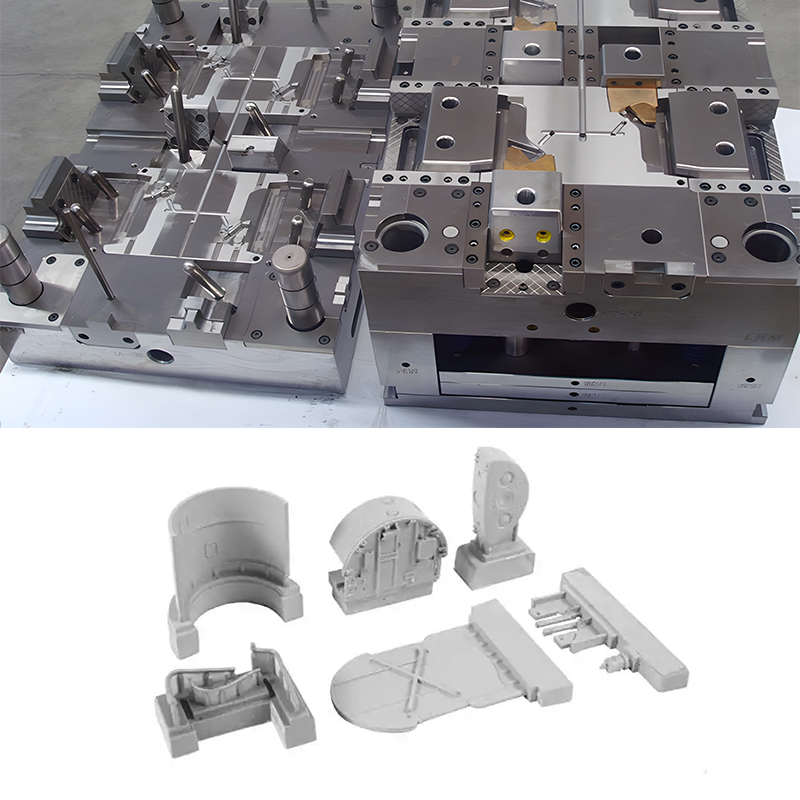Heat-resistant plastic has significantly changed sectors that require materials with high thermal stability and strength to resist deformation. These new polymers can sustain their characteristics when exposed to high temperatures.
They are indispensable in aerospace, automotive, electronics, and manufacturing industries. Heat-resistant plastics are favorable compared to other standard materials like metals. They are lightweight, chemically inert, and easily shaped. Thus, innovation furthers the use of heat-resistant materials in high-performance environments and ensures that they remain a critical factor in the evolution of contemporary technologies.
Types of Heat Resistant Plastics
There are many heat-resistant plastics, and every material has characteristics that allow it to be applicable in high-temperature processes. Some of the common heat-resistant plastics are PEEK, PTFE, and PPS. Others are PEI (Polyetherimide), PES (Polyethersulfone), PAI (Polyamide-imide), PPSU (Polyphenylsulfone) and PVDF (Polyvinylidene Fluoride).
PEEK (Polyether Ether Ketone)
PEEK is a high-performance thermoplastic that can be used continuously at temperatures up to 260 °C, making it heat resistant. PEEK’s further remarkable characteristics are its high strength and stiffness. These plastics have enhanced wear resistance even under conditions of significant stress. These features make it perfect for the rigorous aerospace, automotive, and biomedical industries, where mechanical strength and heat endurance are paramount.
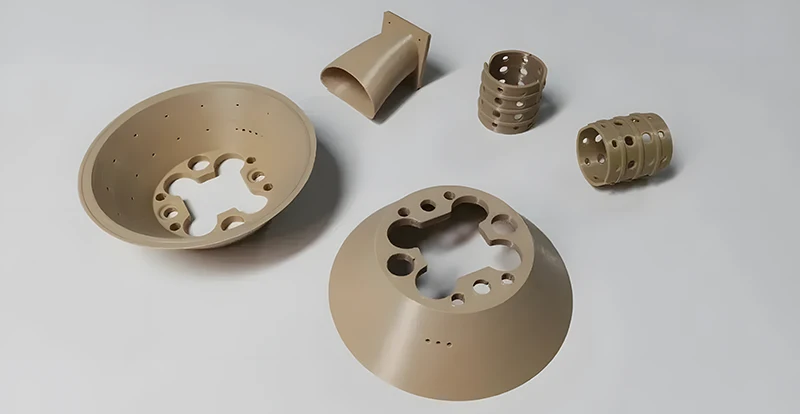
PTFE (Polytetrafluoroethylene)
Another well-known plastic that can withstand heat is PTFE. PTFE has a unique characteristic of high thermal stability and can work efficiently at temperatures as high as 260 degrees. PTFE’s leading properties, however, are its thermal conductivity and the fact that it has issues with friction. These properties make PTFE ideal for its most famous use – non-stick coatings and slippery surfaces. PTFE also does not react chemically with any other environment, which makes it very useful in many industrial areas.
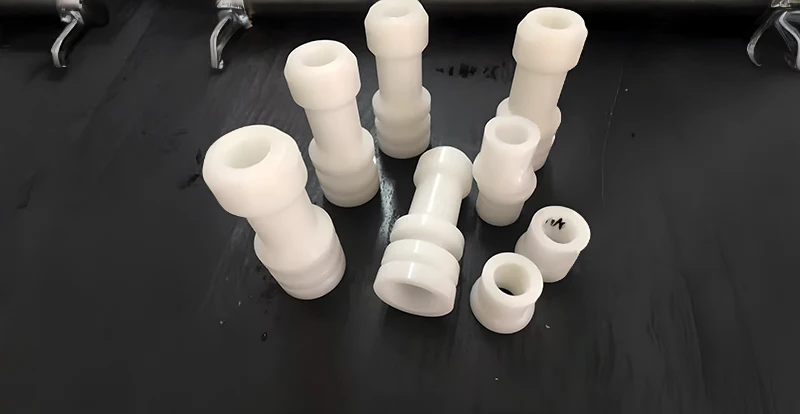
PPS (Polyphenylene Sulfide)
PPS is yet another heat-sensitive plastic that provides exceptional performance in high-temperature conditions. It can also withstand constant use at high temperatures of up to 200°C and thus is ideal in the automotive and electrical markets. Its characteristics include dimensional stability and a small degree of shrinkage during molding. This property guarantees the quality of the finished parts. Another advantage of PPS is that it provides good electrical insulation, which is well-used for electronic parts.
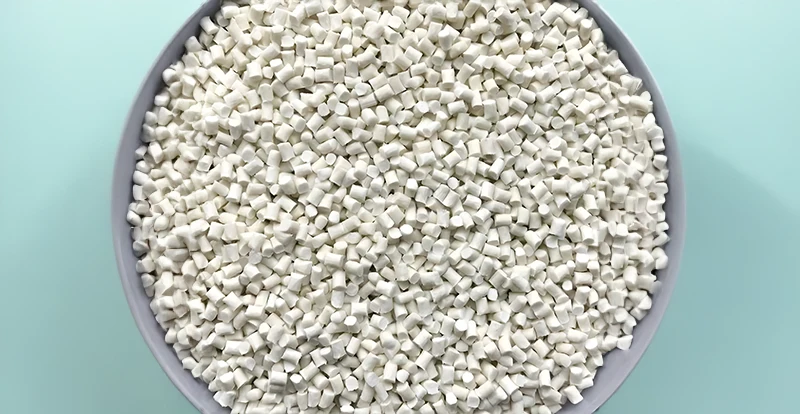
PEI (Polyetherimide)
PEI is a versatile heat-resistant plastic with a heat deflection temperature of 200°C at most. It has moderate performance and cost. It is, therefore, widely used in industries that require materials with high heat load and intensity. PEI has inherently low flammability and is a good material regarding smoke and toxicity. This makes it suitable for applications in the aerospace and transport industries. Also, PEI is available in transparent grades to be applicable in cases where clarity and heat stability are critical.
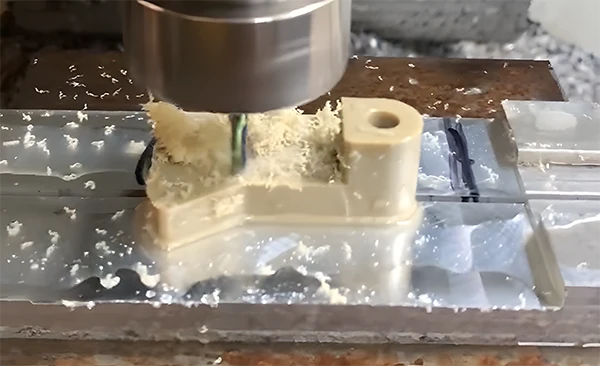
PES (Polyethersulfone)
Thermal properties are also a strength of PES, with adequate thermal stability for constant exposure up to 180°C. Hydrolytic stability is one significant aspect that makes it unique to have PES because its mechanical properties remain unaffected by hot water and steam conditions. This makes PES especially useful in medical and food processing since the material can withstand heat and moisture. Also, PES provides good resistance to the shrink and expansion of the component after it has been manufactured, thus preventing warpage when exposed to heat.
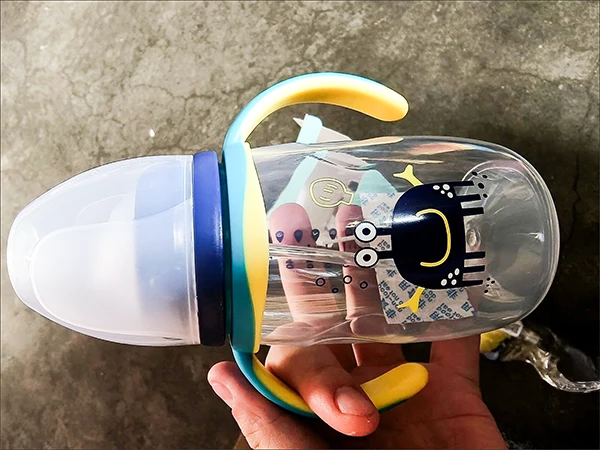
PAI (Polyamide-imide)
PAI is more heat resistant than most thermoplastics, with a melting point of 275°C.PAI has excellent strength and stiffness that do not degrade even when exposed to high heat. It suits high-stress applications such as bearings, seals, and gears. It has outstanding wear resistance, increasing its serviceability in harsh working conditions common in industries, making PAI a preferred material for strict mechanical parts.
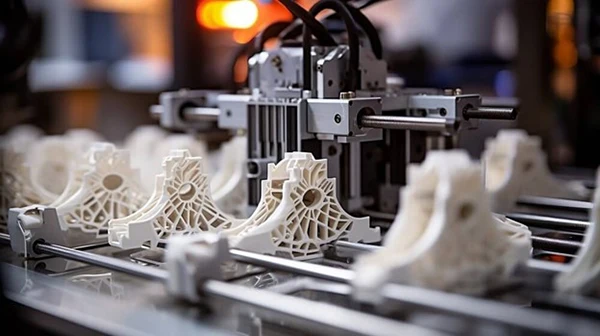
PPSU (polyphenylsulfone)
PPSU is yet another high-performance valuable plastic in applications requiring steam and temperatures up to 2070C. The mechanical properties of the material do not change with use. PPSU has excellent impact resistance, especially at high temperatures, making it helpful in manufacturing medical instruments and aerospace parts. Because it is hydrolytically stable, it is very durable when exposed to boiling water and steam; this makes it suitable for use in cases where heat and shock are factors.
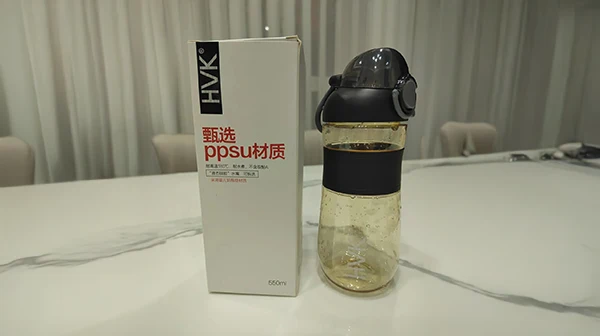
PVDF (Polyvinylidene Fluoride)
With incredibly high heat and chemical resistance, PVDF can withstand temperatures of up to 150°C while also chemically resistant. It is appropriate for use in coatings and photovoltaic panels. It has good electrical insulation and is helpful in the wire and cable industry, where heat and electrical performance are essential.
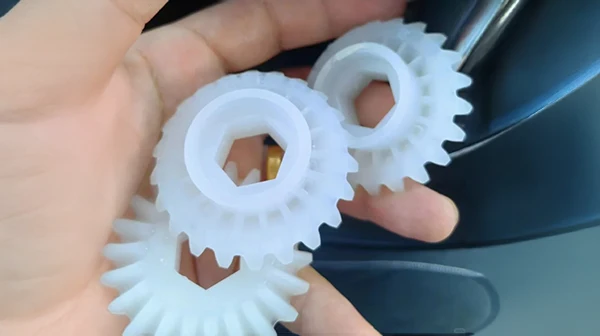
Applications in High-Temperature Environments
Heat-resistant plastics are applicable in several capacities across many industries. They utilize them in conditions with high temperatures because of their lightweight, high strength, and thermal efficiency. In aerospace, heat-resistant plastics are often helpful in parts that experience high temperatures during flights or space missions. They are mainly applicable in the engine components, thermal insulation, and structural sections where thermal stability and strength are preferable.
The application of these plastics in the motor vehicle industry not only enables the vehicles to endure high heat but also allows for the minimization of the car’s mass. This leads to better fuel economy and power output because the engines are again smaller and lighter. Consumer-rated plastics’ high-temperature resistance makes them applicable in numerous automobile engines and electrical parts. For example, PPS and PEI are essential in automobile engines, car hoods, transmissions, and sensors. It is resistant to heat and chemical harm. They enhance the durability and reliability of vehicles while supporting the trend of weight reduction. The motive behind enhancing fuel economy and low emissions is the desired durability and reliability.
Some plastics used in the electronics industry include heat-resistant plastics, considering that some parts of electronic products generate heat when used. PPS, PES, and PVDF polymers are applicable in connectors, circuit boards, and insulating materials. These plastics today offer great electrical insulation features and high-temperature resistance. It also enables the encapsulation of electronic components to protect against thermal stress and ensure shelf-stable devices in extreme conditions.
Manufacturing Processes for Heat Resistant Plastics
Injection Molding
Heat-resistant plastics are exceptional; to manufacture them, one must follow specific steps to ensure the products have the right qualities. Injection molding is a popular application of thermal stability in plastics processing. It involves the process of liquefying the material as well as forcing it into a mold cavity at high pressure. It is critical for high-temperature plastics, including PEEK, PPS, and PEI.
It enables the creation of complex shapes with precise tolerance specifications. However, the process requires temperature and pressure control so as not to disturb some material characteristics. It also confirms meeting the high-temperature and mechanical requirements of the end-use application through temperature and pressure control.
Extrusion
Extrusion is another prominent manufacturing method that is essential in the fabrication of heat-resistant plastics. It forms continuous sections, such as pipes, sheets, and films. The plastic material is heated and placed under pressure in a die to produce the required form in the extrusion process. This process is beneficial for manufacturing large numbers of identical components.
For instance, the automotive and electronics industries use large numbers of parts such as insulation, seals, and connectors for the extrusion process. PTFE and PES materials are common raw materials for extrusion. This is because extrusion does not affect the properties of these two materials; thus, the resultant products are likely to be very reliable in high temperatures.
Compression Molding
The other method of processing heat-resistant plastics is compression molding. This method is proper when dealing with materials with high melting temperatures or that cannot be easily molded using any other method. Compression molding involves placing a preheated material known as the plastic charge into a heated mold cavity and then applying pressure to the charge to achieve the necessary form.
Compression molding is used for processing thermosetting plastics. A chemical change occurs in this process, and the shape becomes petrified. It is beneficial for manufacturing large, thick parts with high heat resistance and mechanical performance, like aerospace and industrial parts.
Thermoforming
Thermoforming is a less used but significant method of manufacturing heat-resistant plastics with bulky asymmetrical shapes that require a lightweight. A plastic sheet is first preheated to a temperature to become ductile during this process. It then undergoes forming over a mold through vacuum or pressure.
This process typically applies to plastic materials such as PEI and PES, which can be thermoformed into complex shapes with excellent heat stability. Thermoforming is especially useful in aerospace and medical industries, where lightweight and heat-resistant parts are desirable.
Additive manufacturing or 3D printing
Additive manufacturing or 3D printing is beginning to be explored as a means to develop heat-resistant polymers, particularly for prototyping and short-run production, though its application to high-performance plastics like PEEK and PPS is still developing.
Applications of SLS and FDM include layer-by-layer build-up of materials like PEEK and PPS. Others include the fabrication of parts with high thermal and mechanical capability. There is less material waste, and quicker generation of prototypes and parts is possible with the help of Additive manufacturing. The tool is helpful in Industries where innovation and customization form the critical node.
Comparing Heat Resistance: Plastics vs. Metals
As a result of their lower density, heat-resistant plastics have a clear advantage over the more conventional metals such as stainless steel. Materials like PEEK, PTFE, and PPS have superior heat resistance but are significantly lighter than metals. This characteristic is especially desirable in industries such as aerospace and automotive. Weight loss improves fuel economy, emissions, and handling in these sectors. Heat-resistant plastics are generally corrosion-proof. They offer a significant advantage for applications where metals might corrode or oxidize. Materials such as PTFE are superior to metals in chemically hostile environments because of their heat and chemical resistance.
However, their disadvantage includes having a lower maximum operating temperature than metals. Although materials such as PAI are already at an elevated thermoplastic level, keeping and offering good resistance up to around 400°C, metals or stainless steel, for example, are capable of handling much higher temperatures and, at the same time, can maintain their strength. This makes metals optimal for high-uptake applications like industrial furnaces or jet engines.
Another area where metal has the upper hand over plastics is thermal conductivity. Metals like stainless steel have better thermal conductivities compared to plastics. Therefore, they are helpful when heat dissipation or removal is necessary. Heat-resistant plastics possess relatively low values of thermal conductivity, which are suitable for heat-insulating materials. However, they are only sometimes welcomed for heating materials requiring rapid heat transfer.
Heat Resistance Comparison Table of Plastics and Metals
| Property | PEEK (Polyether Ether Ketone) | PTFE (Polytetrafluoroethylene) | PPS (Polyphenylene Sulfide) | PI (Polyimide) | Stainless Steel (304) |
| Maximum Operating Temperature (°C) | 260 | 260 | 200 | 400 | 870-925 |
| Density (g/cm³) | 1.30 | 2.20 | 1.35 | 1.43 | 8.00 |
| Tensile Strength (MPa) | 90 | 32 | 70 | 85 | 515 |
| Flexural Modulus (GPa) | 4.1 | 0.5 | 3.5 | 3.0 | 193 |
| Thermal Conductivity (W/m·K) | 0.25 | 0.25 | 0.3 | 35 | 16.2 |
| Electrical Insulation | Excellent | Excellent | Excellent | Excellent | Poor |
| Corrosion Resistance | Excellent | Excellent | Excellent | Excellent | Good (but can corrode in specific environments) |
Innovations in Heat Resistant Plastics
Modern polymers with higher thermal stability and mechanical and chemical endurance have emerged. They result from advancing technology for heat-resistant plastics in different industrial fields. Scientists and engineers are working to develop new polymers that address the limitations of conventional heat-resistant materials. The aim is to enhance thermal stability and performance for more severe applications.
A notable shift is the creation of high-performance blends and composite materials. Different polymers also have reinforcing materials such as carbon fiber or glass to form more heat-resistant composites and are mechanically superior to plain heat-resistant plastics. For instance, carbon fiber-reinforced polyether ether ketone (PEEK) composites possess high strength and stiffness. They inherit excellent thermal stability of the base polymer. Thus, they are highly suitable for aerospace applications, automobile parts, and medical instruments since they require high strength and lightweight features. Among the critical innovation areas is the creation of PIs and next-generation polyimides. These new polyimides will operate at temperatures greater than 400°C, providing better protection against oxidation and chemical attack. Investigation is underway to apply them in high-stress applications like jet engines, space technologies, and sophisticated electronics.
Cost Analysis: Heat Resistant Plastics vs. Alternatives
While comparatively estimating the cost-effectiveness of heat-resistant plastic with metals and ceramics, the PEEK, PTFE, and PPS are relatively expensive. Derivatives of these polymers may be times more costly in terms of unit weight because the fabrication processes are intricate. However, in automobile and aerospace, the lightweight implies that these plastics achieve fuel efficiency and operating cost savings saving cost.
Heat-resistant plastics possess more processing and endurability benefits. Many plastics manufacturing processes are less time-consuming and energy-demanding than similar metal processes. Metals usually need several machining and finishing stages, which are costly. Furthermore, heat-resistant plastics have heat tolerance and can withstand deterioration within some environments. This lowers the frequencies and expenses of maintenance and replacement of metallic parts.
Conclusion
A class of plastics that has gained importance in industries where conditions range from high temperatures to extreme conditions is heat-resistant plastics. Employing properties including thermal stability, lightweight, and chemical resistance, they overpower the conventional materials in metals and ceramics. While heat-resistant plastics may be more expensive initially, their use promises efficiency, lightness, and low maintenance rates, which makes them more appealing to industries as diverse as aerospace, automotive, electronics, and manufacturing.
Since ongoing innovations in heat-resistant plastics are increasing their performance and functions in various applications, these materials are expected to be more vital in the development of modern technology.
